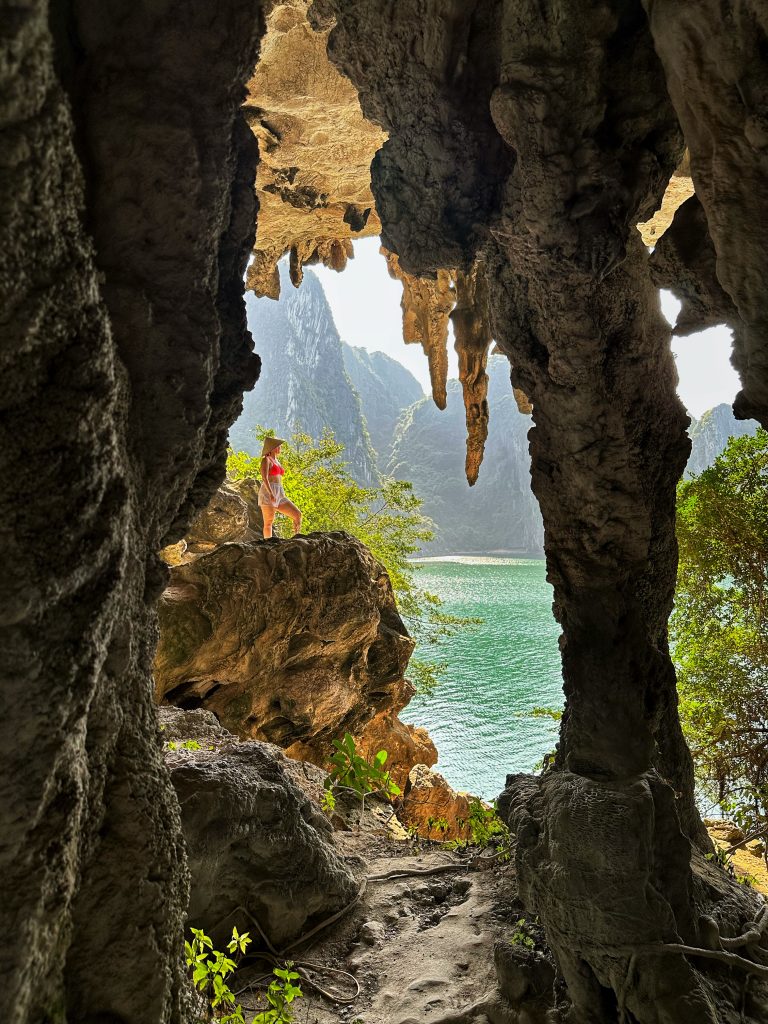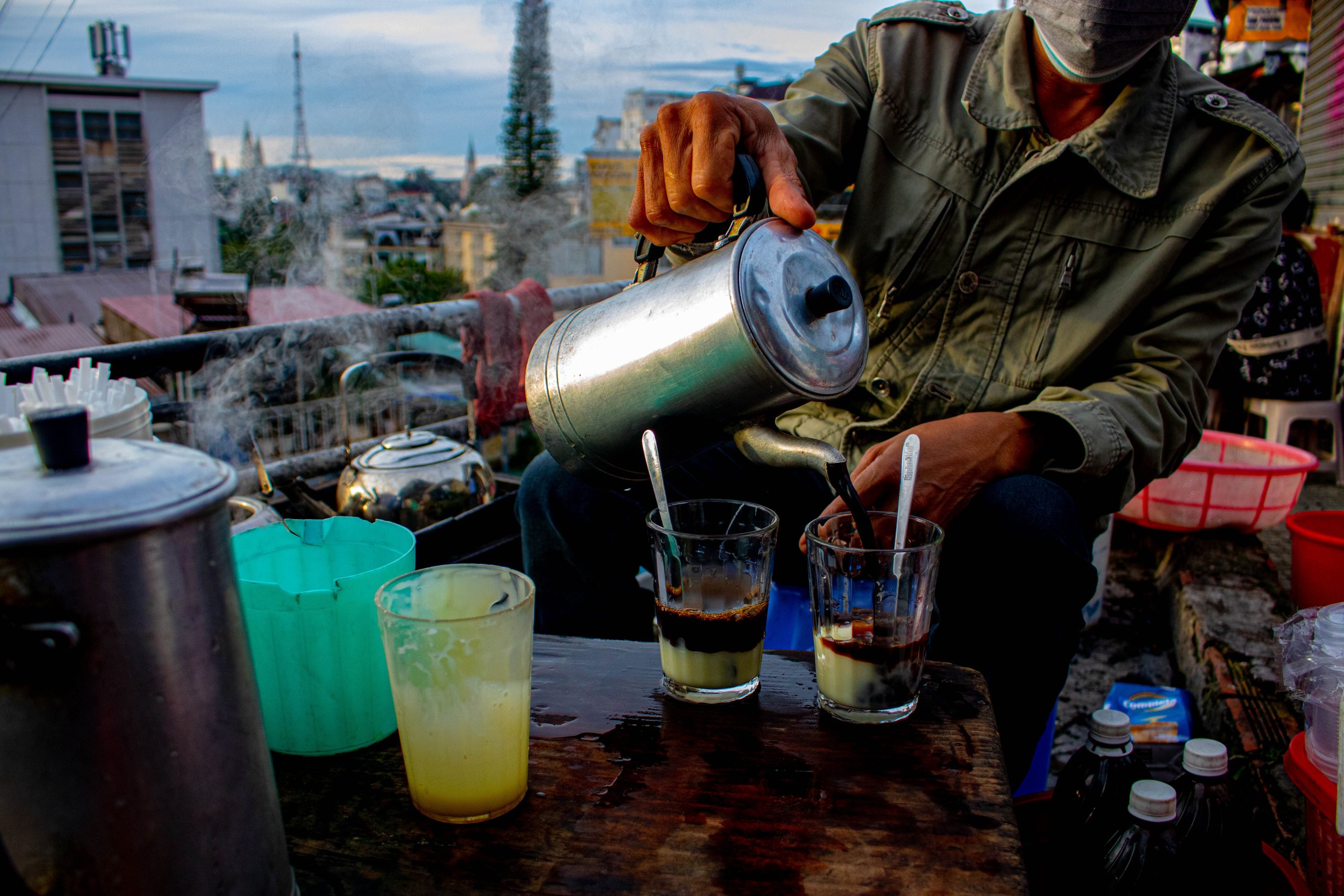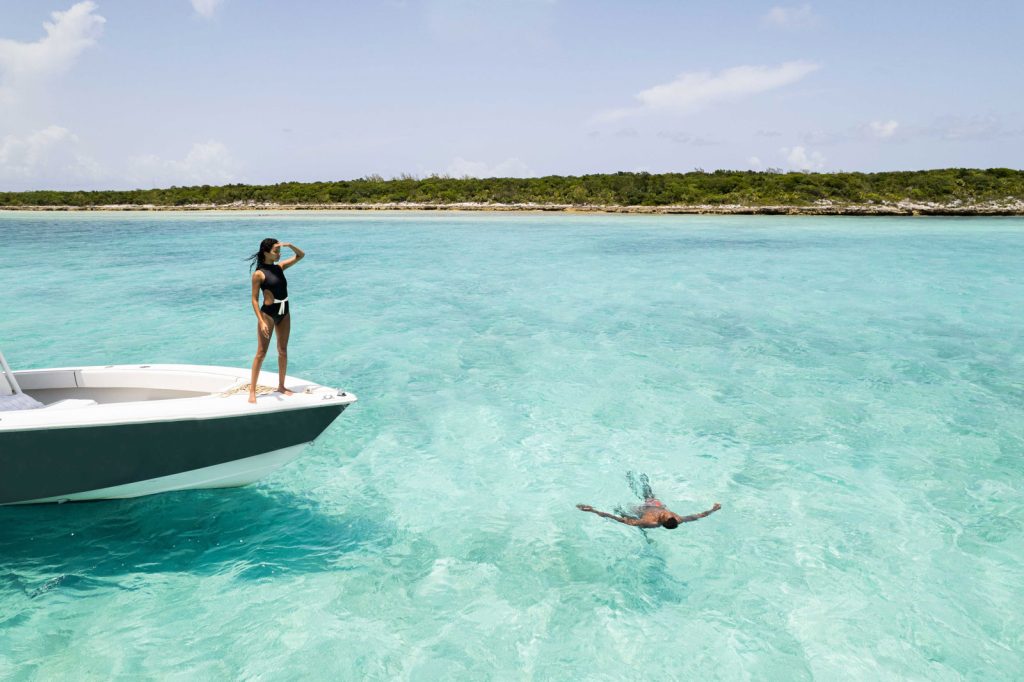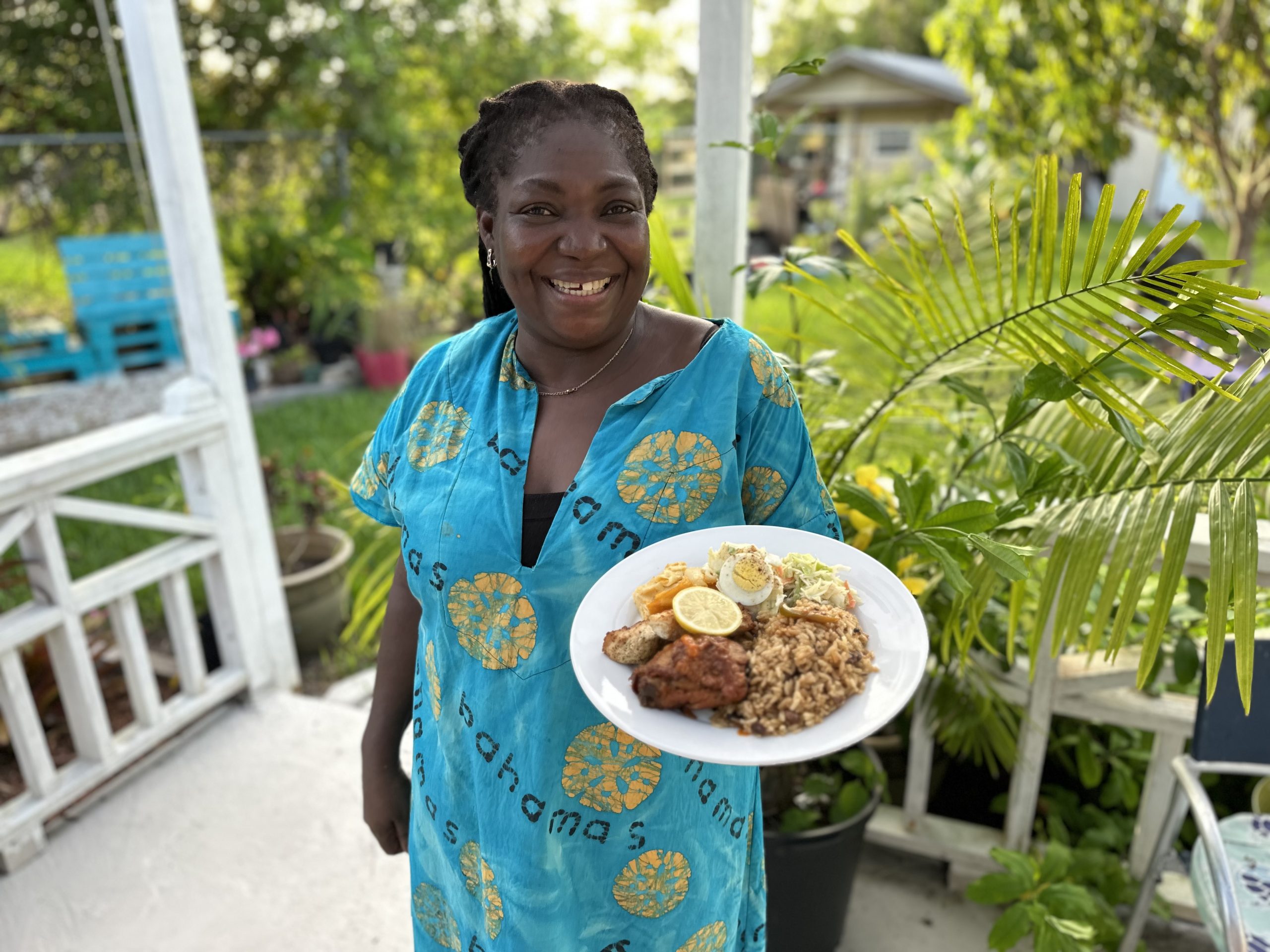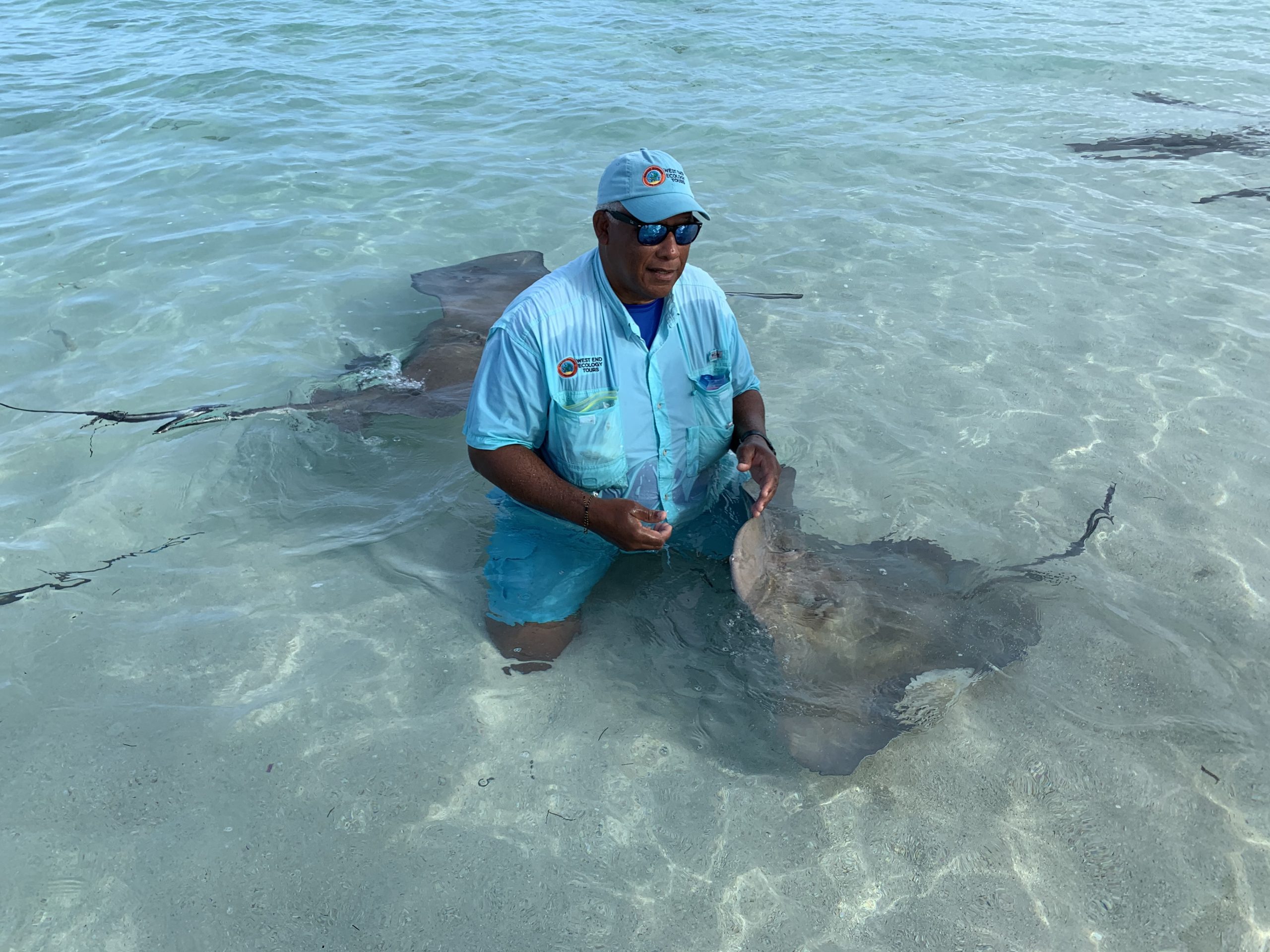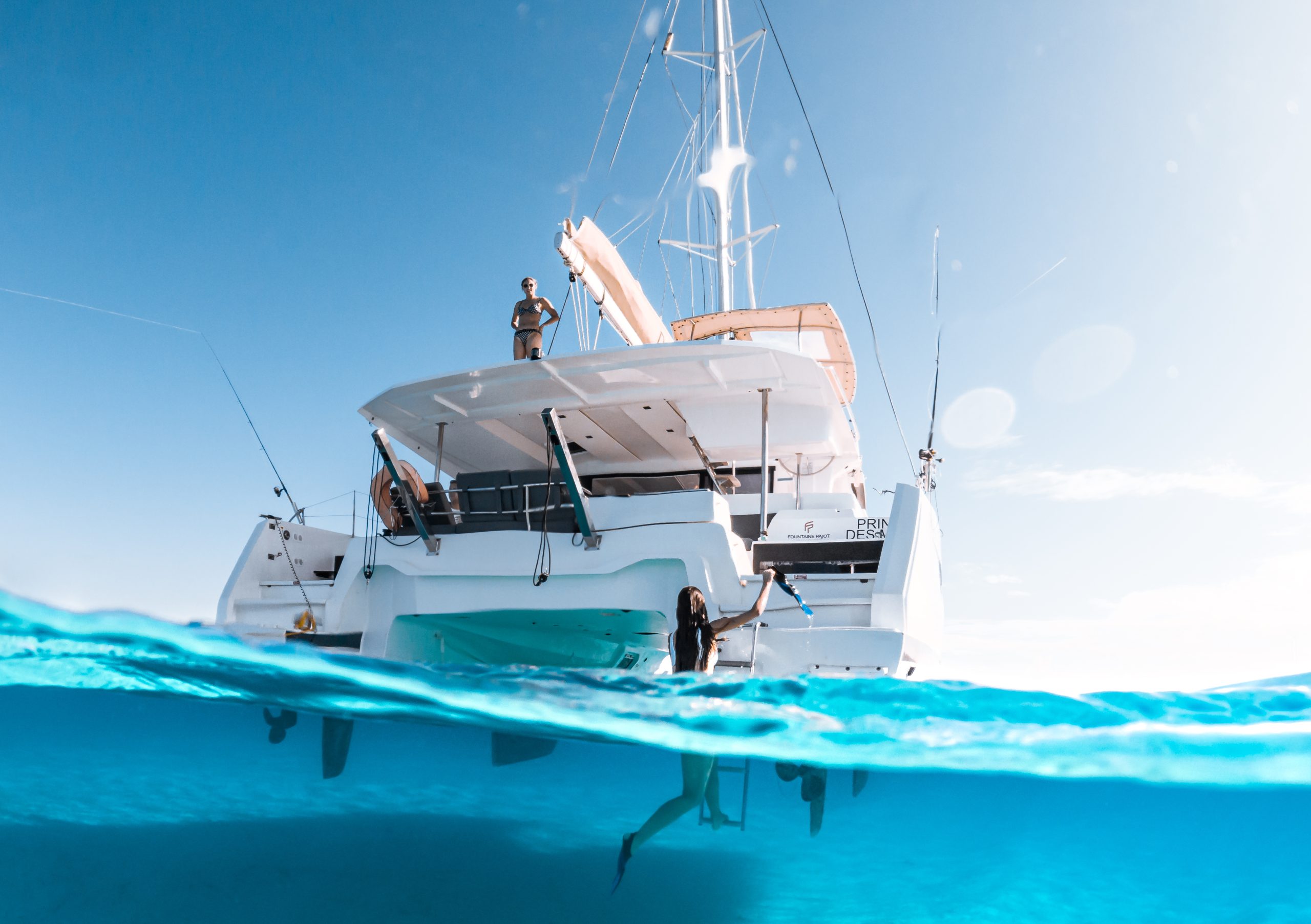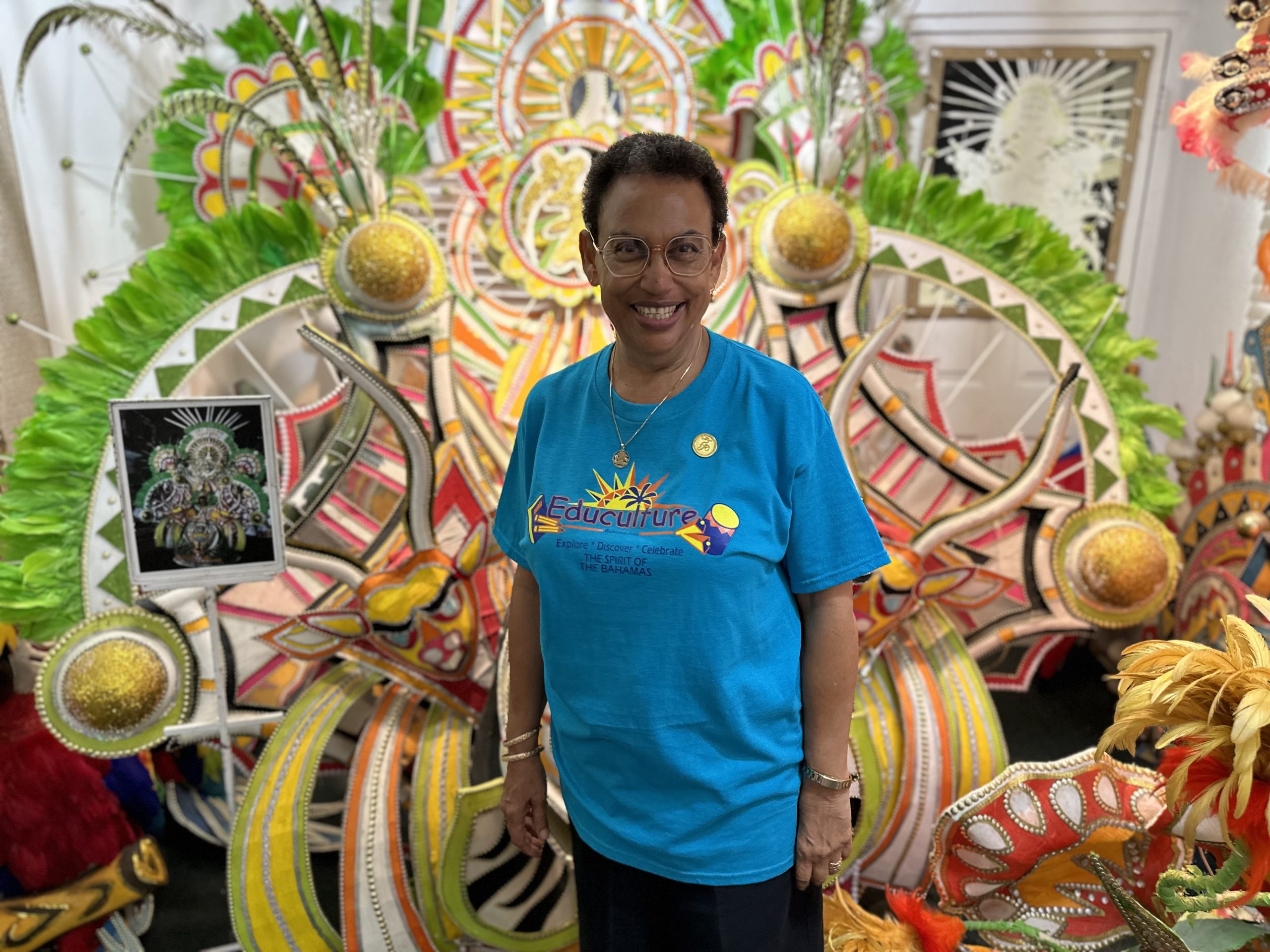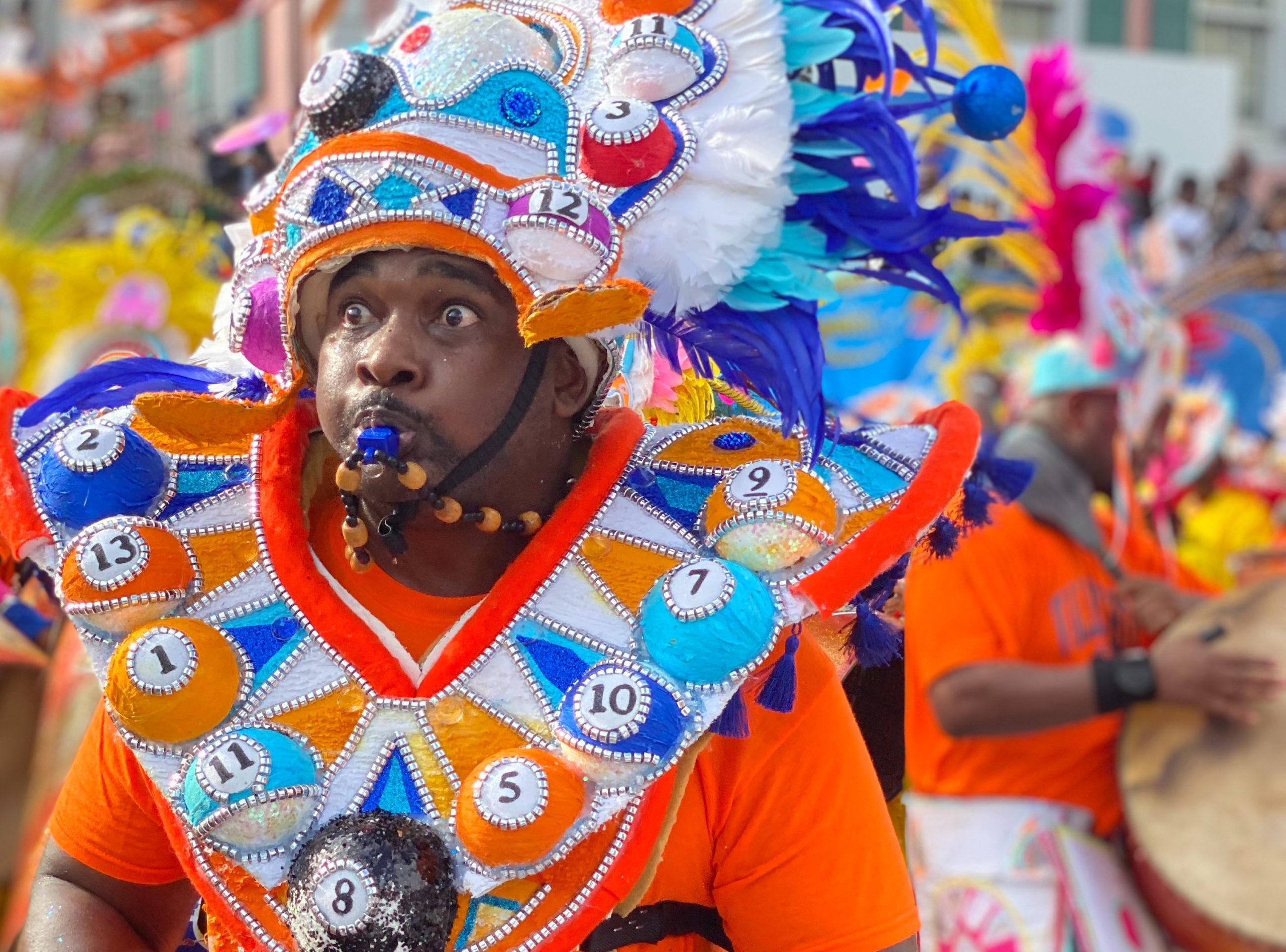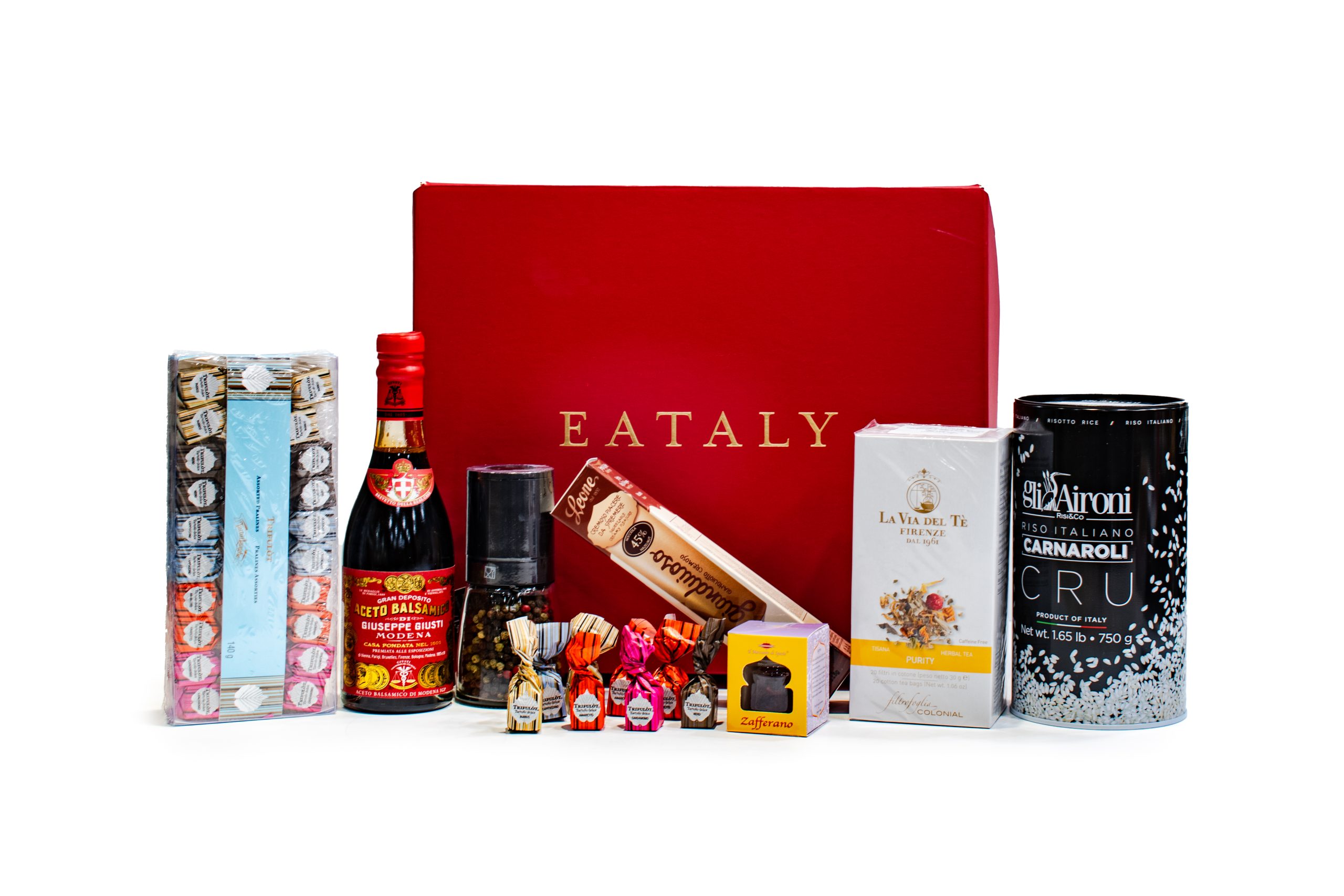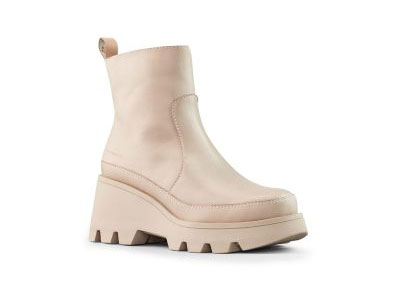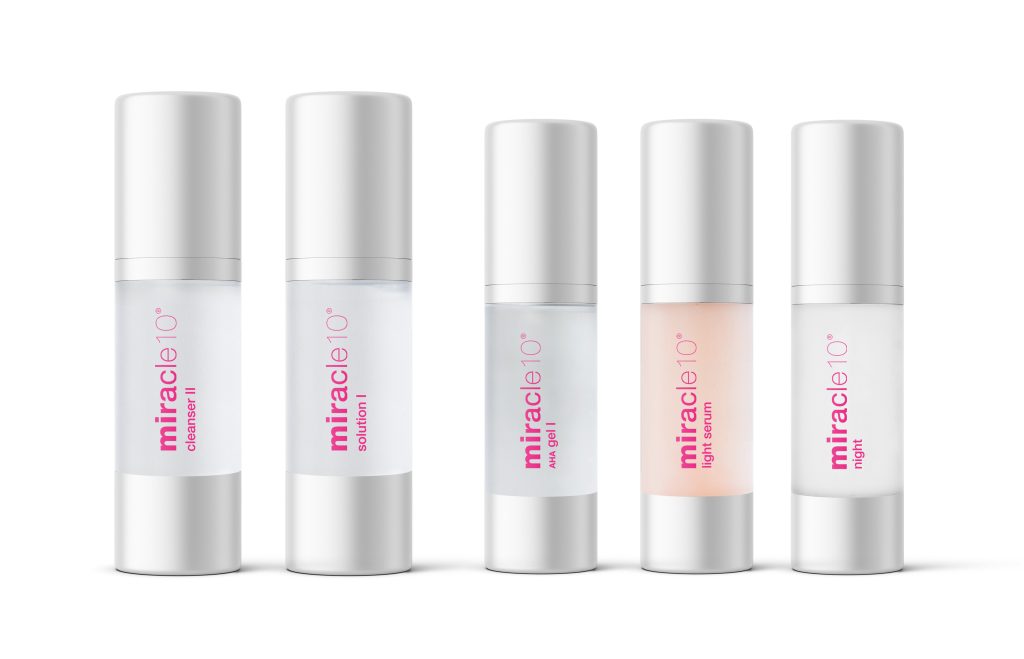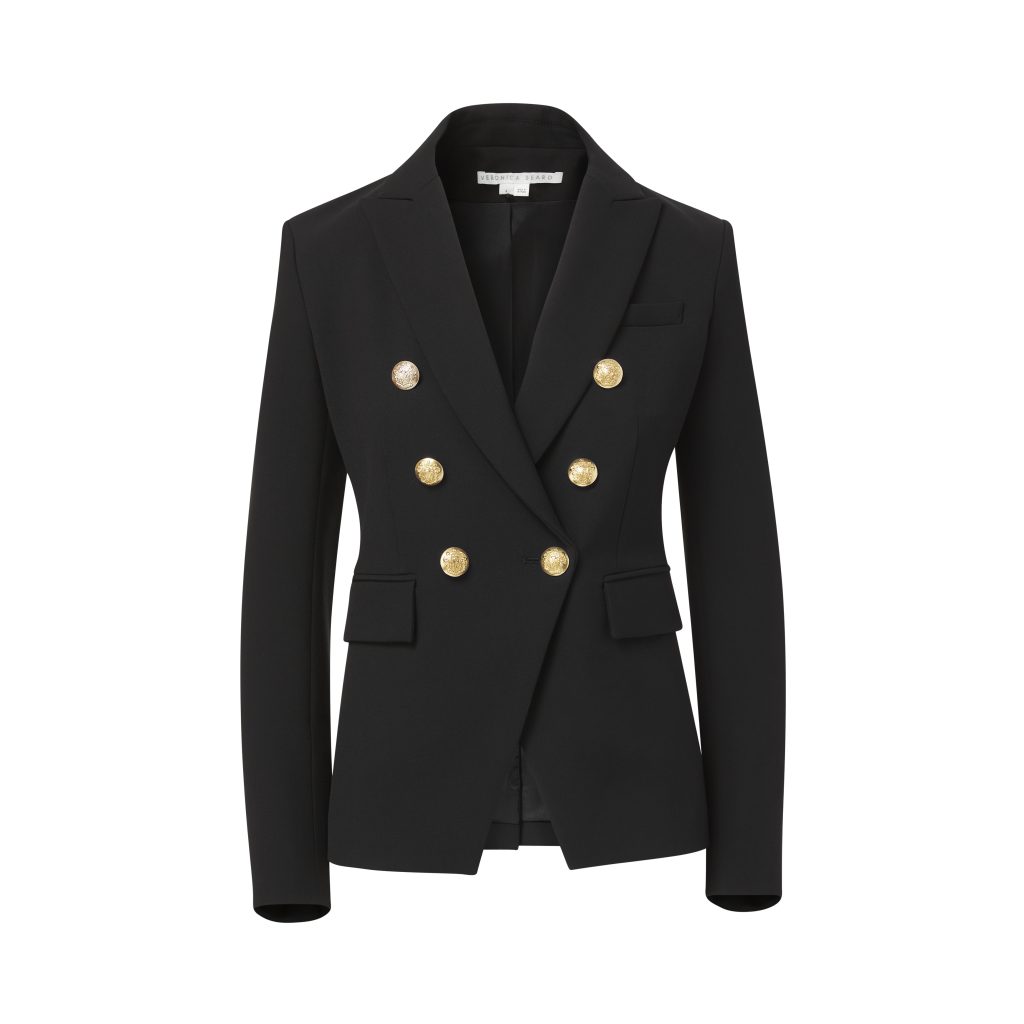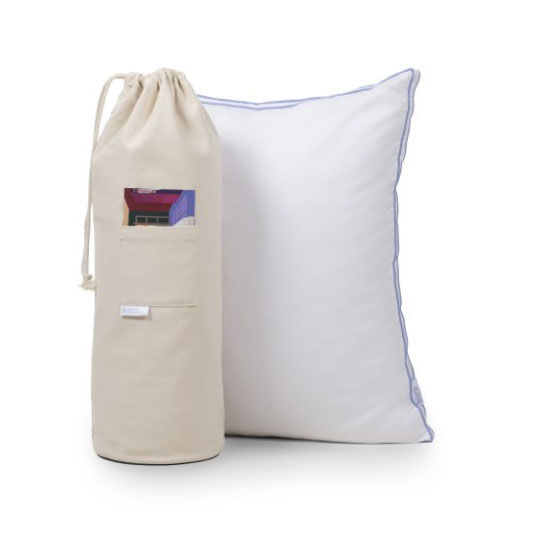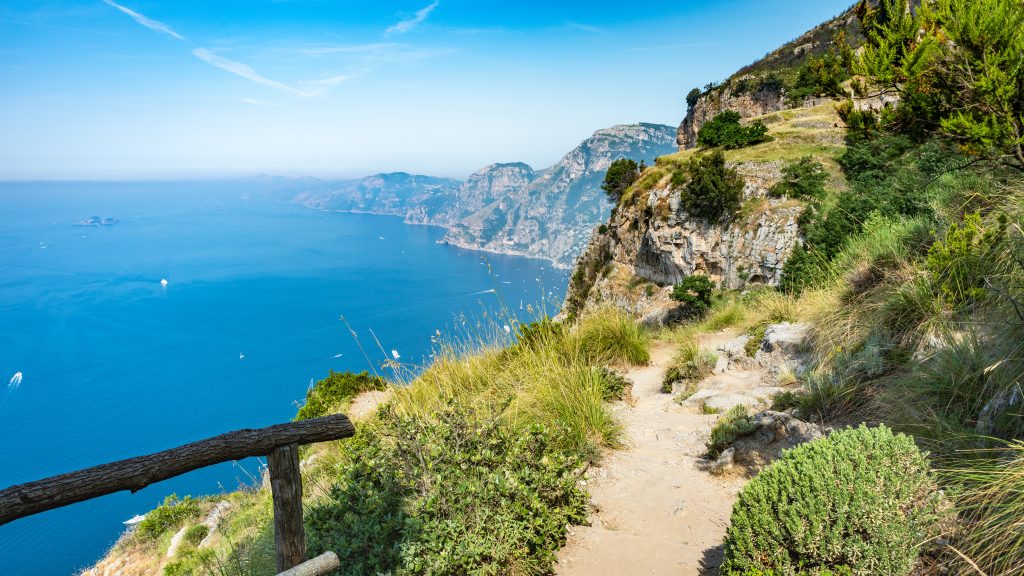
Hiking Italy’s most heavenly route
I’m sitting along a wooden table overlooking the dramatic cliffs of the Amalfi Coast, feasting on freshly-made goat cheese, deep-fried fritters, roasted tomatoes and eggplants, while sipping on homemade red wine with a group of fellow travellers from around the world, when an impromptu concert breaks out.
Nino Aversa, one of the guides leading my small hiking trip, has joined goatherd Antonio Milo, the owner of the charming stone-built farmhouse who prepared our meal, and the pair start singing and playing instruments, tapping their feet along to the rhythm.
Although Milo, who takes care of some 100 goats on site, only purchased the farmhouse several years ago, he comes from a long line of goatherds. Travelling daily to milk the goats and oversee the property, he was inspired to expand the venture to provide a true farm-to-table experience for guests. There’s no fixed price menu for hikers who stumble upon him, and he works with local hiking outfitters to feed their group tour bookings as a side business.
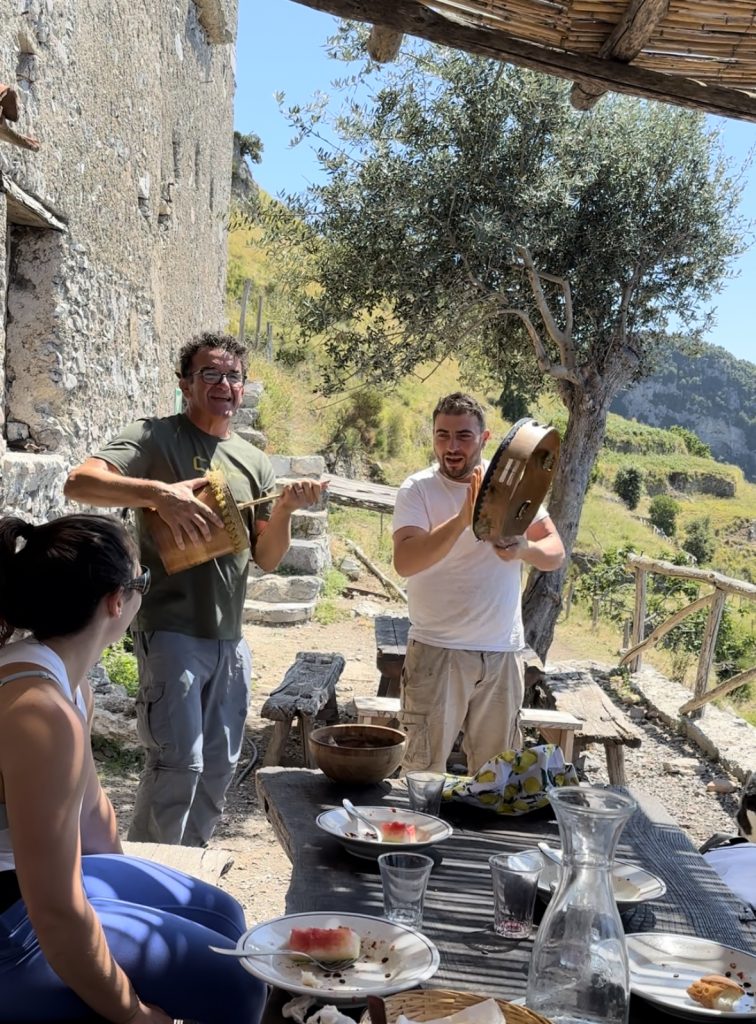
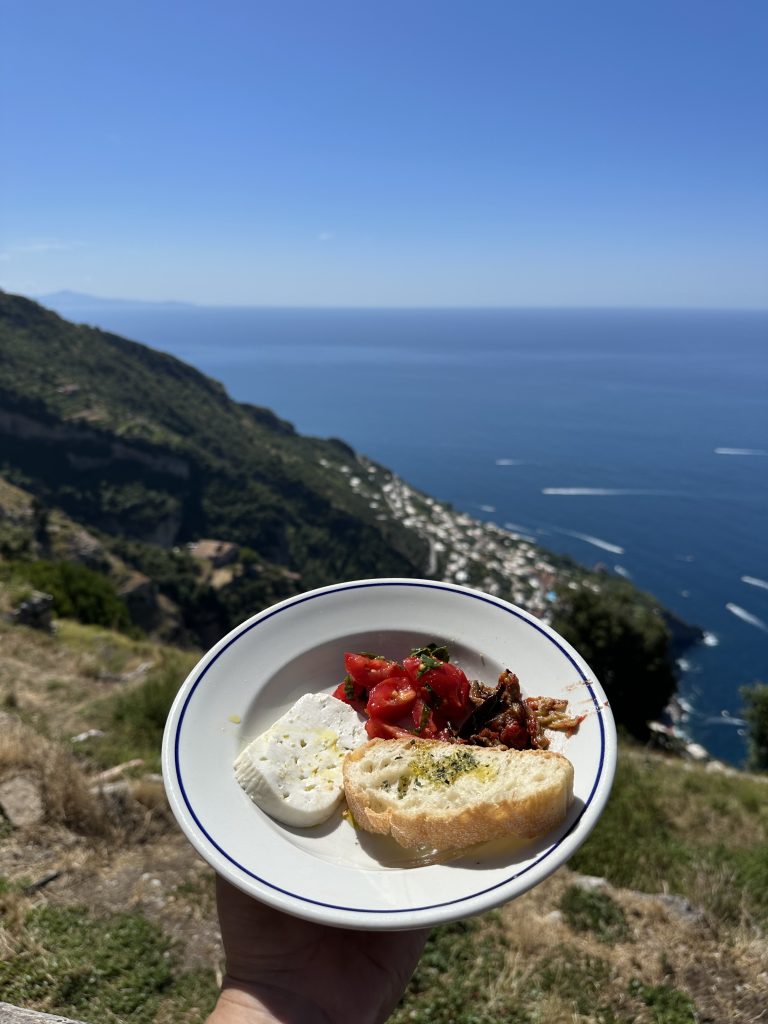
Although I don’t understand the words, as they’re serenading us to the tune of O Sarracino, an old Neapolitan folk song, I can’t help but think: I’m so glad I wound up here.
A mere few days earlier I was destined to be doing a day trip to the island of Capri instead, but due to rough waters, the journey was cancelled.
With a gap to fill in my agenda, I serendipitously found a guided tour with Sorrento Hiking to the famed Path of the Gods hiking route online and immediately locked it in. After a last minute pit-stop to a nearby mall to procure some appropriate hiking attire, I was on my way.
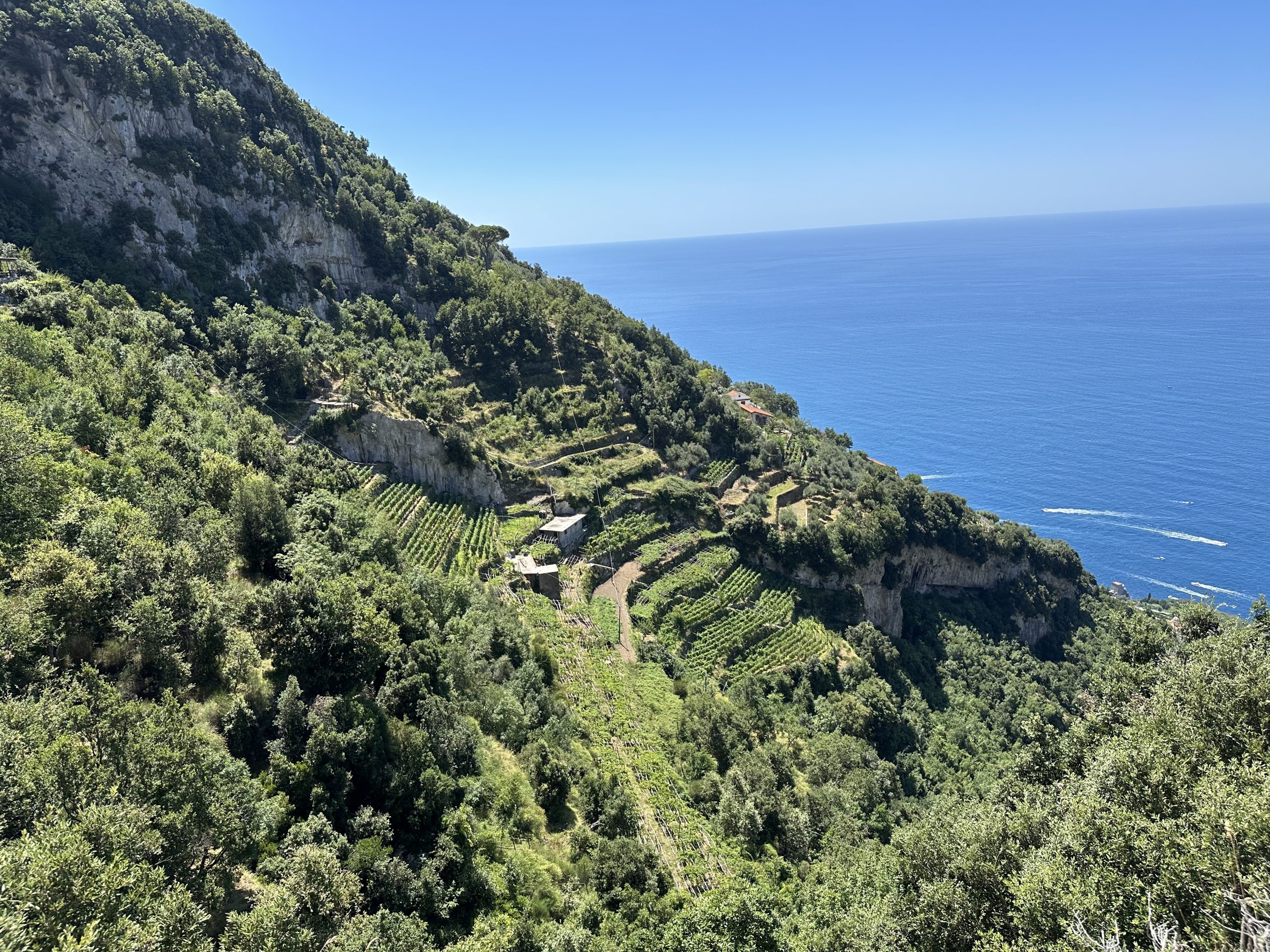
The Sentiero degli Dei, or Path of the Gods as it’s known in English, is a stunning trekking route along the Amalfi Coast that provides an amazing vantage point over the picturesque towns of Praiano and Positano.
Long before it became a popular hiking route, the trail was developed centuries ago as a mule-track to link the dairy farms with the towns along the coast. While there are several different options to hike along the Path of the Gods, their recommended route goes from Bomerano to Nocelle, which Aversa describes as “walking between heaven and earth.”
There are no guardrails along the route, just steep drops that almost induce vertigo if you stand too close to the edge.
In the car transfer over to the beginning of the trail from Sorrento that morning, my other passionate guide, Giovanni Gargiulo, inquired about what I’d heard about the difficulty of the path. Much to my dismay, when I shared that I’ve read it’s an easy-to-moderate hike, the German tourists in the backseat chimed in that everything they’ve read contradicted that.
“It’s definitely more of a challenging route,” Gargiulo confirmed, but then quickly reassured me that we could take it at our own pace.
For seven kilometres, the hike seemingly did a never-ending loop, complete with steep hills and descents. Gruelling at times, the frequent stops to admire the views from the top reminded me why I set out on this path in the first place.
By the time we reached the farmhouse, I was eager to enjoy a home-cooked spread and taste some well-deserved vino.
Driving back in the car Gargiulo asks how I enjoyed the hike. It wasn’t the path I’d originally set out on, but it’s one I’m glad I took.
This story first appeared in the Winter 2023 issue of OFFSHORE. To read the digital issue, click here.

